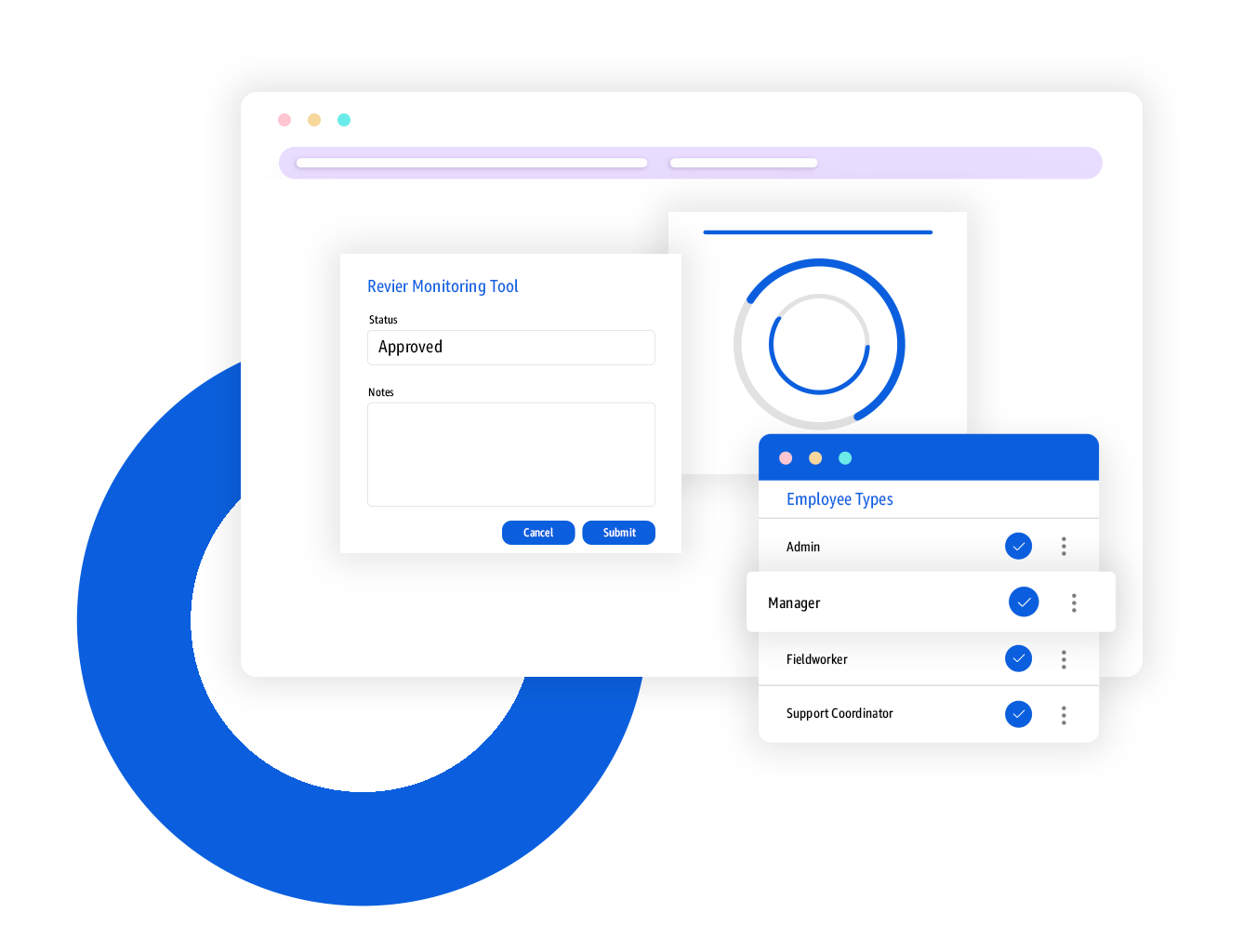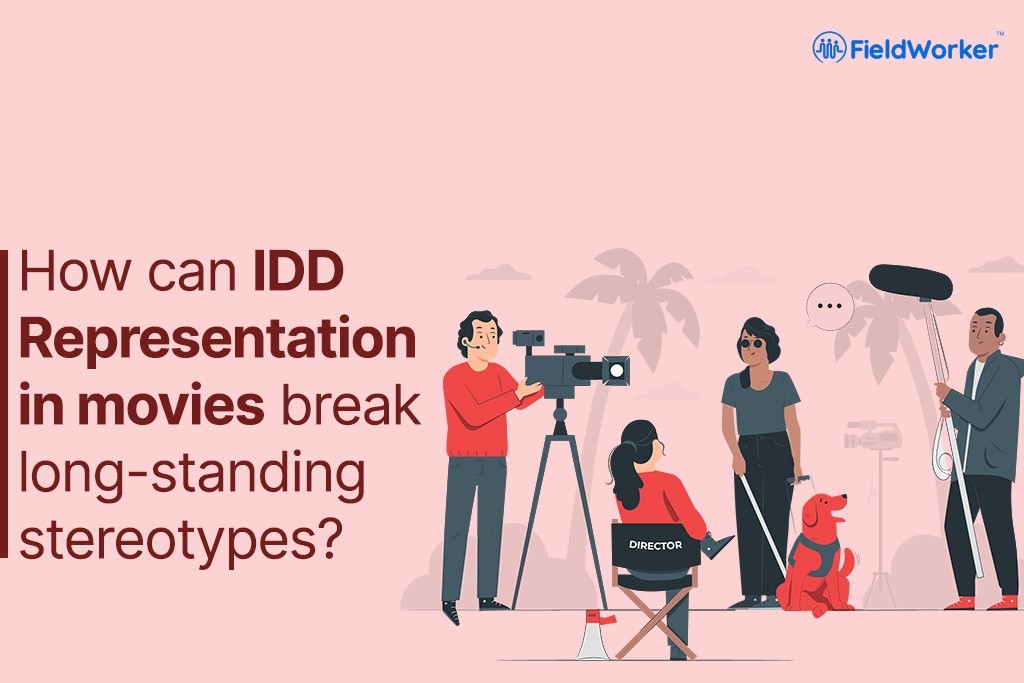We do not see many movies in which disabled actors play disabled protagonists. It is even more unusual for such films to be critically acclaimed. It was almost unheard of for typically developed actors to win an Emmy for portraying characters with intellectual or developmental disabilities (IDD).
While Hollywood moves at a slower pace, the industry is progressing. Independent production companies are taking the lead in ensuring that we have film options that fairly and authentically represent people with disabilities. In all aspects of our lives, accurate representation promotes inclusion and understanding.
The shift in the media
You may have noticed a paradigm shift in film and television toward authentic disability representation since the late 1980s. This shift has not only given people with disabilities more roles, but it has also helped to normalize and re-establish their stories to audiences all over the world. After TV and movies primarily used earlier roles for people with disabilities for comedy, horror, or disgust, this second wave aims to disprove the notion that having a disability makes you less than “normal” or defines you.
The Run (2020):
Kiera Allen was the first actor who used a wheelchair to star in a significant feature thriller with “Run.” “Run” integrates the normalcy of a wheelchair-using person’s day-to-day routines and Allen’s experience as a wheelchair user to show that using one is not a hindrance while also introducing a new generation to wheelchair-using actors on the big screen. Allen told about her casting to The Chronicle last year “To be a part of that moment is really exciting. Authentic representation is so important.”
Loudermilk (2017):
Mat Fraser’s performance as Roger in “Loudermilk” is one of the most nuanced of his career, spanning 25 episodes. In season 3, episode 7, directed by Bobby Farrelly, Roger refuses an award and explains why authentic representation is essential: “This is just porn for inspiration.” Stella Young, an Australian activist, coined that phrase. Because it’s all about objectifying people like her and me for you to say things to each other. ‘Oh, my life stinks, but it could be worse; just look at the guy with short arms.'”
Drought (2020)“:
Drought” follows an autistic child who, during a historic drought in the South, predicts a cathartic storm and enlists the help of his family and friends to go storm-chasing. As Carl, autistic actor Owen Scheid gives a heartfelt, raw performance. In keeping with the Duplass brothers’ microbudget filmmaking philosophy, “Drought” demonstrates the infectious positivity of a community embracing people on the spectrum like Carl and the importance of film industry inclusion itself.
Why more IDD representation in movies and tv shows is needed
- People only know about a handful of disabilities when there are 40 different types of disabilities.
- There are about 61 million living adults with disabilities in the US. But the part of a disabled protagonist is played by a non-disabled actor.
- People with disabilities have unique skills, a unique image, and a unique ambition and can all bring a different dimension to the whole ethos of the film.
- A lot of the representation is played by non-disabled actors—the character in the soap “Neighbours” that was completely blind. But a year later, that actress turns up fully sighted and fully able-bodied, which is not possible in real life at all. If we don’t have a disabled actor, what’s the point in having a character to fulfill a storyline and then getting a non-disabled person to fulfill that role?
Disabled actors are actors for a reason; they can portray anything they want, and it’s their job. Disabled’s stories need to be told, and someone who isn’t disabled will not get the full story.
Important pointers for IDD representation in the media
Media is a powerful platform that sometimes is taken for granted, and if disabilities are portrayed in a movie’s storyline, it’s the responsibility of the filmmakers to make it properly because they can cause a big misconception about it or spread wrong information. Stereotyping it to a point that a permanent image is drilled into viewers’ minds shutting any possibilities of trying to understand how IDD people are in real life.
In fact, we need to have more role models and pioneers. They are the game changers in the industry. If there’s already an IDD personality with exceptional talent famous for a story or a character they played, that would help the cause. If a character is written in a script as able-bodied and a disabled actor comes in, and they are perfect for the role, it should be about the talent and the actor and their skill, not their disability.
Disabled creators, disabled filmmakers, and actors need a voice because they have been ignored for so long, for these inaccurate representations are not the complete picture. Inclusion and diversity are paramount to addressing equality for all.
There are different types of disabilities, and giving IDD celebrities a space to talk about them can inspire IDD viewers to dream big and go after their goals. What’s the point of doing a film or a TV show if it’s not going to feed the heart, mind, and soul of the audience with its raw authenticity?
What does this all mean?
Representation is essential for various reasons, not the least of which is that it is a powerful means for marginalized groups to access our media-saturated society. For many of us, media representations are our only window into many aspects of the world and its various groups and cultures. If marginalized groups are not adequately represented, they remain invisible to the general public. If they are not accurately and authentically represented, the general public will continue to misunderstand them, be unaware of their rights, promote harmful stereotypes, and engage in discriminatory behavior. Representation is a worldwide issue that necessitates cross-cultural collaboration and advocacy.

